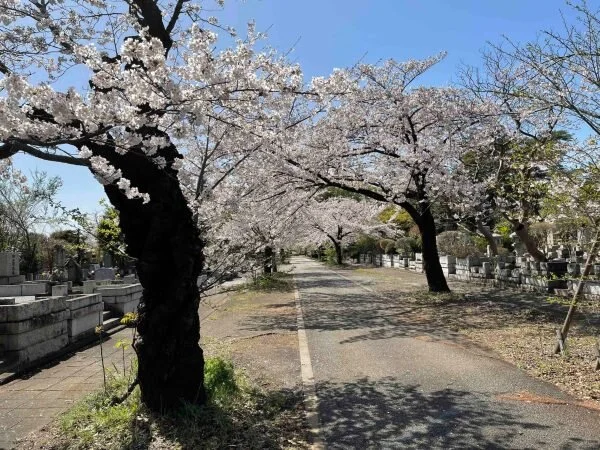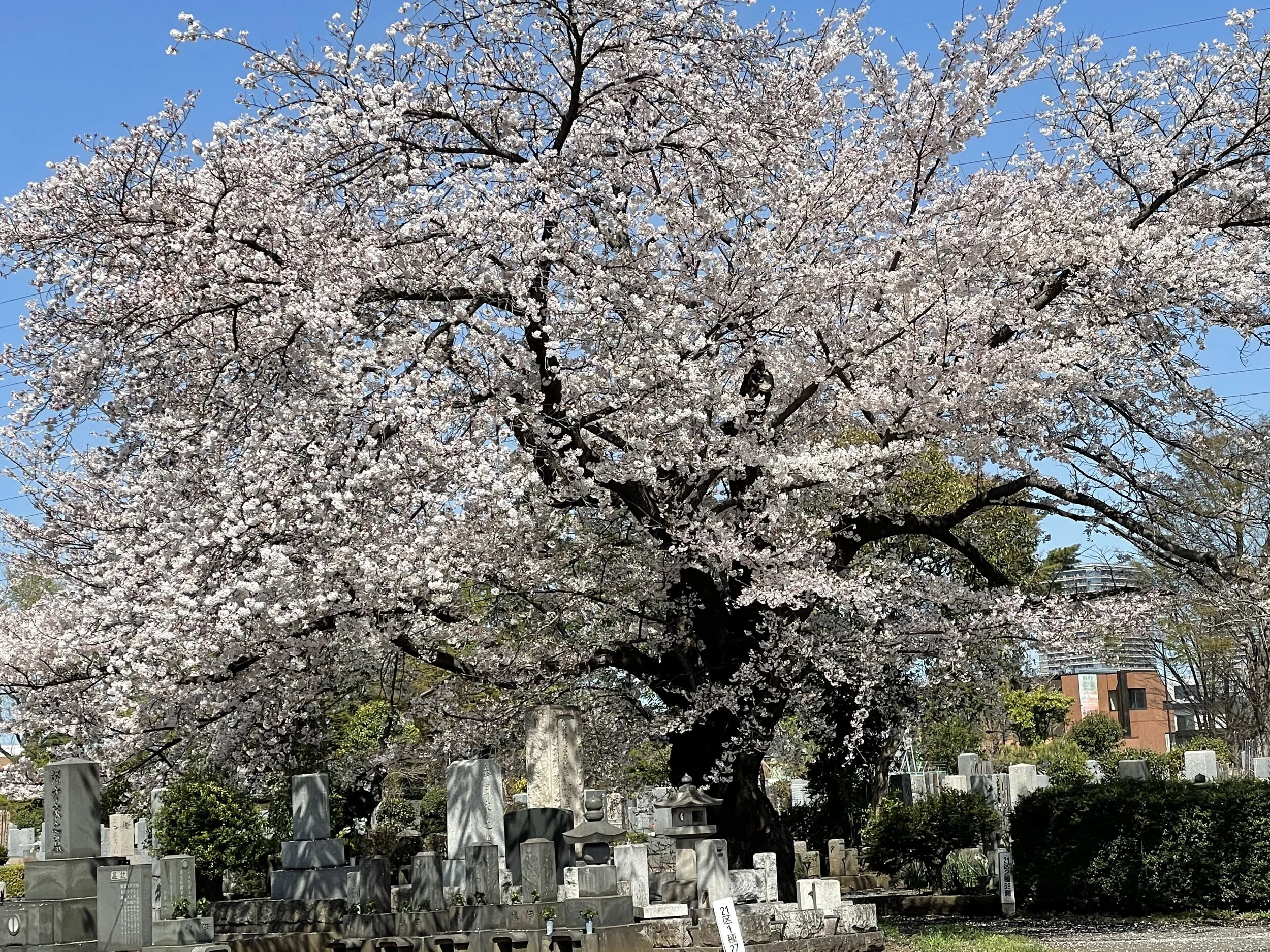Blossoms and stone
In late March and early April, going out to see cherry blossoms is an obligation that everyone in Japan relishes. It’s one of the most agreed-upon customs, one of the most collective urges, I know of. Newspapers, magazines, and websites publish a ‘maximum blossom’ estimate up and down the archipelago. Everyone plans the best day carefully because one windy, rainy day can dash all plans. “Hope you got out to see some blossoms” is included in every email and text message.
I try to plan carefully, too, because even with good weather, the blossoms are gone before you know it. As a symbol of life’s brevity and transience, they arrive as advertised—disappearing quickly. Go for a walk without your camera one day and you’ve missed the peak picture. After a year of bad news and hibernated living, the blossoms felt more urgently beautiful than ever this spring.
The blossoms also felt like their own kind of vaccine. They’re a booster shot for beauty, a visual injection of aesthetic energy that re-charges that side of myself and resets my sights, deeply onto the delicacy of a single fine blossom, and wider on the passing of one of the strangest years ever.
Maybe I felt that way because I take my annual aesthetic check-up at the cemetery close by my house. The cherry blossoms in the cemetery are stunning, their poignancy sharpened by the vast grounds. The land is flat with wide roads and walkways, and endless graves, with lots of sky and no skyscrapers. You can see the trees from far away, and up close. It’s open enough that the sun can find its way in to sharpen the reds and pinks to nearly purple against the blue sky, and to deepen the browns and blacks of the shadowed, craggy trunks.
A cemetery might seem an odd place to appreciate the cherry trees at their best, but all cherry blossoms are viewed in context. Ueno Park is famed for the trees that frame the museums and shelter the temples. Chidorigafuchi’s famed trees spill down the bank to the moat around the Imperial Palace. All through Tokyo, cherry trees line walkways, canals and roads. And always, everywhere, you see the trees with people below, people and blossoms in every frame.
The cherry blossoms in the cemetery near my home are mainly set against graves. The contrast of stone below and flower above always strikes me with melancholy and joy in equal measures. After all, the word for cemetery in Japanese is a two-kanji combination of the characters for “soul” and “garden,” a delicate balance of the natural and the human, of the linear and the cyclical. You can’t help but look at the blossoms without a metaphoric thought or two.
his is the second year that hanami parties were prohibited, the two years when needed most, but I marveled at the hanami parties when I first came to Tokyo. I was a bit wilder then and boozing in a big group still held an appeal. The parties seemed the epitome of a socializing culture obsessed with relationships, and I kind of liked that then.
Every year, I went with groups of friends, students and colleagues to eat and drink and talk under the blossoms. One group of writers would gather in Aoyama Cemetery in the section reserved for long-buried foreigners and we’d party right there, as if staking out future turf and laughing about it.
No parties have ever been allowed in the cemetery near my home in the western plains of Tokyo. It’s the kind of place where you automatically lower your voice and look away from visitors. You can go there for a solitary walk and a long conversation, but the slightest rowdiness wouldn’t fit. The quietude alone makes you see the cherry blossoms differently.
The cherry trees in the cemetery seem to be giving quiet solace to the deceased and the grieving, and to the passersby like me who don’t know a soul in the place. The branches hang down like a pat on the back. It’s hard not to personify them. The branches appear like the fingers of a Buddha or Boddhisatva, a mudra hand gesture towards the earth for patience and compassion, or some other virtue too subtle for me to grasp.
The cherry trees in the cemetery are less trimmed than other blossom-viewing sites because they don’t need to be. They have room to spread out like clouds that came down for a lazy visit. And while I’m a materialist when it comes to death, I wouldn’t mind an old cherry tree leaning over my final resting spot, its bark as rough as any living thing in old age, its blossoms the flickering white-pink-red of a baby crying.
Throughout the cemetery, individual plots are delineated by section with numbered markers, all of them distinct and separate from the surrounding plots. It’s an ordered, earthly universe until the cherry trees toss their petals all around, more of them than you’d think a tree could produce. The cherry trees line some of the roads, but also pop up here and there, disrupting the grid by showering it in random swaths of intense color.
I often stop and look at the names and dates and epitaphs carved into stone. I like to marvel at the trees and flowering bushes that decorate the interior of the small family plots. Some few plots have run to wild abandon, unkempt and neglected, but almost all are spectacularly neat eulogies of polished marble and trimmed plants. I always try to puzzle out the lives that led there. But at cherry blossom time, I rarely stop. The cherry trees keep me moving.
The contrast of the primly placed, sharply hewed blocks of stone with the cherry trees is striking. The blossoms are frail and sheer, moving and flowing, almost flying, while the hard, heavy stonework that hunkers around the grey tombs is set to never move. The blossoms flutter down into piles that form a carpeted path between the rectangles of the raised plots, landing on the stones and rocks like unpredictable punctuation, pink on grey.
Unlike the order inside the plots, the gently swaying limbs of the cherry trees, bright with color, arch up high and wide over multiple graves, stretching out in capricious directions, visually gathering the separate plots into a shared vision of heaven. They make the garden of souls come alive with color and feeling for a couple weeks so I can store up a strong dose of beauty for the coming year, the coming years, before heading home. (April 2021)



